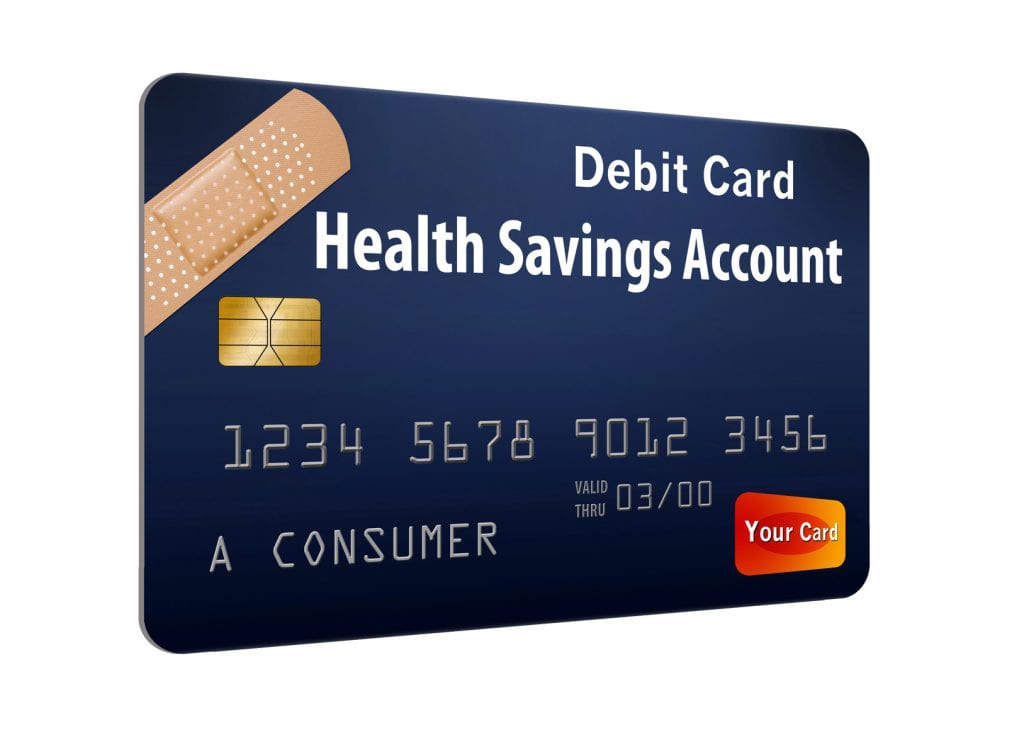The ETA, or the ElectronicTransactions Association, is an international trade association representingover 500 companies worldwide which offer payments solutions. Recently it putout a statementdecrying the decision by CVS and Rite Aid to block NFC mobile payments at the POScalling it “anti-consumer and anti-competitive.” Furthermore it went on toassert:
This decision has nothing to do withconvenience, reliability, or security. Rather, published reports indicate thisis a deliberate boycott in favor of CurrentC, a mobile payments systemsupported by large retailers and slated for launch next year. Reports indicatethat MCX, the organization behind CurrentC, requires all its participatingmerchants to block any mobile payments services that compete againstCurrentC. Because MCX says its retailersrepresent 1/5 of total US retail sales, this group boycott could negativelyimpact consumer choice in the mobile payments marketplace.
From the perspective of MCXmerchants, blocking Apple Pay, at least temporarily, seems like a low-risk strategy. It’s unlikely that very many iPhone6 users, still a small fraction of US smartphone owners overall, havecompletely given up on their physical wallets. CVS and Rite Aid are bettingthat this decision to turn off NFC capabilities on their terminals will notdrive these customers away; instead, they will reach into their wallets andpull out their credit cards like they always did. And furthermore, MCXmerchants hope that the as yet limited utility of Apple Pay at merchantlocations will convince them to try CurrentC.
This isn’t an unreasonable lineof strategic thinking. Private enterprises are free to accept whatever tenderthey see fit. However, consumers are also free to take their businesselsewhere. Walgreens, for instance, does accept Apple Pay. While it might a stretchto expect that iPhone 6 users will immediately gravitate towards thosemerchants that do accept Apple Pay, it is not unreasonable to expect that particulardecision calculus to change once those users get comfortable using Apple Pay.
I recently acquired an iPhone 6and have used Apple Pay a few times. I can report that it is a compelling userconsumer experience, especially with its seamless Touch ID fingerprintauthentication. Apple has already indicated that it will allow apps tointegrate a ‘Pay with Apple Pay’ button. For anyone who has tried to purchaseanything on their phone, this is a big deal. Apple Pay with Touch ID eliminatesthe need to create a new user account for each app and manually add cardnumbers to be kept on file. It is an immensely more convenient, safer, andquicker method of shopping on your phone. Even if every single (physical)merchant in the United States says no to Apple Pay support at the POS, it willstill be an incredibly useful way of making in-app purchases on the iPhone.
As more users get comfortableusing it, they will expect to be able to do so at their favorite physicalretail locations. Already we can this happening at some locations, such as theBierhaus restaurant in Mountain View, CA. In partnership with Clover, they havedeveloped an app that allows patrons to seat themselves and begin ordering.The payment is finally completed with the one-touch Apple Pay button integratedinto the app. This is a radical improvement on the restaurant experience mostof us are familiar with; especially when dining with large groups—one has tomake complex calculations figuring out who owes whom what, how much tip shouldbe added, and how to split the taxes.
Apple Pay offers merchants theopportunity to emulate the likes of Starbucks and build a smooth consumer experiencecentered on the mobile phone. Those that ignore it, or try to fight it withtheir own solutions, have to demonstrate that they can build an even userbetter experience.
The ball is very much in MCX’scourt.
